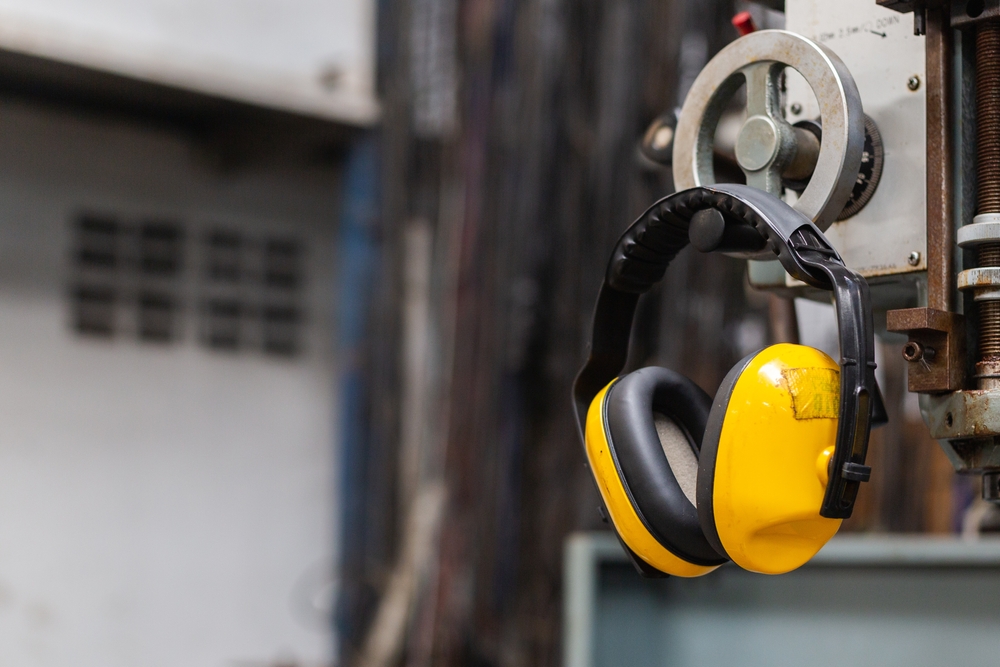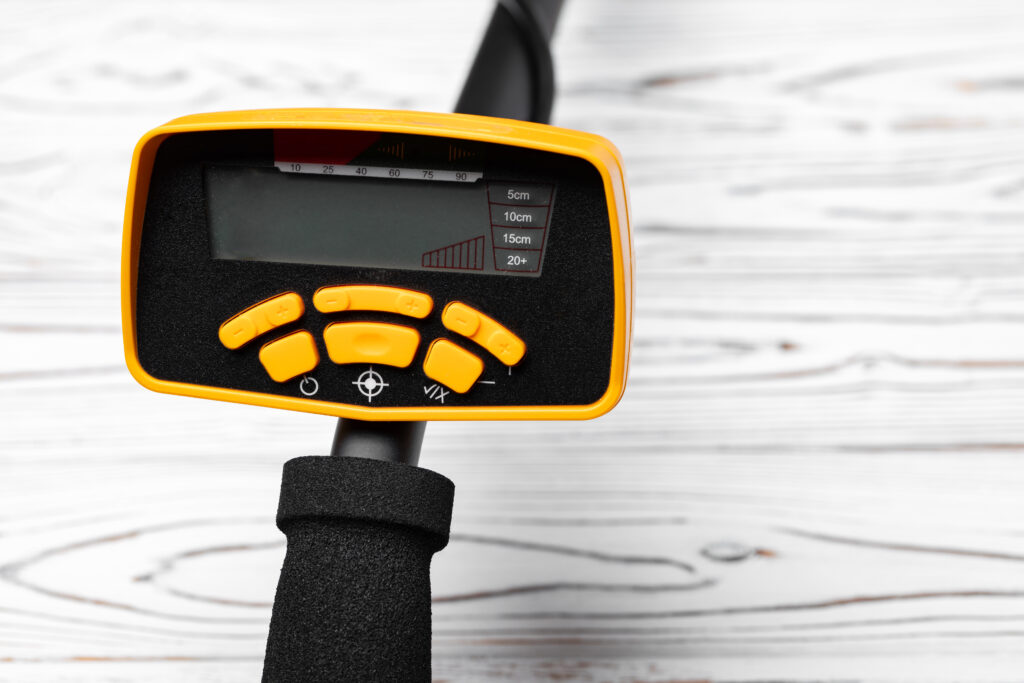Noise in the outside world may seem like a regular occurrence. However, when you start to think about it, workplace noise in many industries is treated like an invisible productivity killer.
Well, irrespective of whether it’s the constant hum of machinery in factories or the chatter of open-plan offices, excessive noise levels hold the potential of quietly draining focus. Besides that, studies show that it can even raise stress and pose long-term health risks.
However, in most cases, halting production becomes the only solution for this. But still, that isn’t a great option as that will affect the business. Well, fortunately, you don’t have to pause operations or disrupt workflows to solve this.
The solution to noise pollution in building work times lies in smart planning and modern technology. This blog will focus on how things like workplace noise assessment and management will help in reducing workplace noise effectively, without halting production.
Understanding Workplace Noise Sources and How They Impact Employee Productivity
Different environments generate different types of noise. So, before you proceed to understand how to control noise in the workplace, you must focus on the source.
Here’s a chart to help you understand the source of each affecting productivity and safety in unique ways.
| Noise Source | Typical Environment | Average dB Level | Impact on Productivity |
|---|---|---|---|
| Machinery Vibration | Manufacturing plants | 85–100 dB | Fatigue, miscommunication |
| HVAC Systems | Offices, warehouses | 60–70 dB | Discomfort, distraction |
| Open Office Chatter | Corporate spaces | 55–65 dB | Reduced focus, stress |
| Metal Fabrication | Industrial floors | 95–110 dB | Hearing damage risk |
Table 1: Why Effective Noise Control Is Important for Health, Safety, and Compliance
When noise goes unchecked and fails to meet the noise limits in the workplace, then it isn’t just annoying. Rather, the situation is much more serious and dangerous than this. Some of these impacts of increased noise levels include:
-
Health Impact
Continuous exposure above 85 dB can cause irreversible hearing loss.
-
Safety Risk
Workers dealing with construction work hours and noise often may miss alarms or instructions, which is why workplace noise assessment becomes essential.
-
Legal Risk
Non-compliance with Queensland’s Environmental Protection Act 1994 can lead to legal actions.
-
Productivity Loss
Studies show noise can reduce concentration by up to 40%.
Practical and Proven Strategies to Reduce Workplace Noise Without Interrupting Operations
Finding the correct answer to “How to reduce noise hazards in the workplace?” isn’t easy. However, there are a few practical strategies that are quite effective. These strategies are as follows:
-
Engineering Controls
This strategy focuses on addressing noise at its source. These include making physical changes in the workplace that tackle noise directly and help maintain the noise limits in the workplace.
One of the most effective things that one will be required to do is install acoustic panels or sound-absorbing curtains, along with vibration isolators beneath heavy machinery. Lastly, enclosing loud equipment within soundproof barriers is also highly effective.
-
Administrative Controls
This strategy is about adjusting workflow and space management to control noise pollution and building work times. This type of adjustment helps in minimizing exposure without disrupting operations.
The biggest adjustment under this is to introduce shift rotations to limit time near noisy zones. Then, creating quiet areas for focus-heavy tasks is also quite effective. Lastly, performing regular maintenance helps in preventing rattling parts, which lowers noise levels.
-
Personal Protective Equipment (PPE)
This strategy ensures worker safety and awareness and works great, especially for high-noise areas.
When following this strategy, one will have to provide noise-cancelling earmuffs or ear defenders. Other than that, they must also be trained properly to ensure the correct fit and use.
-
Smart Technology Solutions
This part of the workplace noise assessment and correction deals with leveraging IoT and AI for real-time noise monitoring. These are digital tools that now give you the chance to monitor and manage noise levels in real time.
When choosing this, one will be required to deploy IoT sensors to identify noise hotspots. Other than that, they can also use AI-powered dashboards that help with recommending adjustments. However, the most important part is to record long-term data. This makes it easy to track improvements.
Traditional vs. Modern Noise Control Methods
| Approach | Traditional Method | Modern Solution | Effectiveness |
|---|---|---|---|
| Sound Barriers | Concrete walls | Acoustic composite panels | ★★★★☆ |
| PPE | Standard earplugs | Active noise-cancelling earmuffs | ★★★★★ |
| Monitoring | Manual readings | IoT noise sensors | ★★★★★ |
| Layout Design | Fixed setup | Modular adaptive layout | ★★★★☆ |
Table 2: Difference Between Traditional and Modern Noise Control Methods
Compliance and Legal Requirements Every Employer Should Be Aware Of
All employers in Australia need to know how to control noise in the workplace. Failing to know this increases the risks of noise pollution in the workplace, which makes it tough to protect workers. This, in the end, leads to hearing loss and other things.
The legal framework is primarily governed by the national Work Health and Safety (WHS) Act and Regulations, which are supported by the Safe Work Australia Model Code of Practice: Managing Noise and Preventing Hearing Loss at Work. All Australian jurisdictions have based their noise regulations on this national standard.
Sustainable Noise Reduction Practices for Long-Term Acoustic Comfort
If you wish to maintain noise limits in the workplace, then you will be required to follow a few sustainable practices.
- Schedule annual acoustic audits.
- Encourage employee feedback to identify problem zones.
- Use eco-friendly acoustic materials, such as recycled foam.
- Combine regular maintenance with smart monitoring tools for lasting results.
In Summation
All employers must focus on building a quieter workplace that boosts focus, safety, and efficiency, and the key to doing that is to maintain noise limits in the workplace. Reducing workplace noise doesn’t mean reducing productivity. Rather, it is a process to combine engineering, administrative, and tech-based strategies to create a better environment.
In this way, companies will get to build safer, calmer, and more efficient environments, basically a place that helps one to work better.
Ready to Tackle Noise Levels at the Workplace?
Conduct a workplace noise assessment with our help. Train your team, and invest in modern acoustic solutions.
Frequently Asked Questions
How Often Should Companies Get a Workplace Noise Assessment?
Periodic noise assessments are essential for all places. However, the duration varies among different places. But in general, every 2 years is a good routine.
Is Noise Level Management Essential for All Workplaces?
Yes, it is. Periodic assessment and management of noise levels is essential for all workplaces, as it helps in maintaining healthy noise limits in the workplace. However, this is more important for places that involve a lot of production and manufacturing.
Is It Mandatory to Provide PPE to All Employees for Noise Control?
PPE is not the first line of defence in case of construction work hours’ noise. However, when everything else fails, this is what helps in tackling the situation. This is used as a supplementary measure only when higher-level controls fail to reduce noise levels below the exposure standard.
Will the Employer Be Responsible if an Employee Faces Health Issues Due to Noise Levels?
Yes, an employer might be held responsible if an employee develops health issues caused by excessive workplace noise. This is why it becomes essential for employers to meet the specific work and health regulations that focus on controlling noise and providing compensation through workers’ compensation schemes in case of damage.





